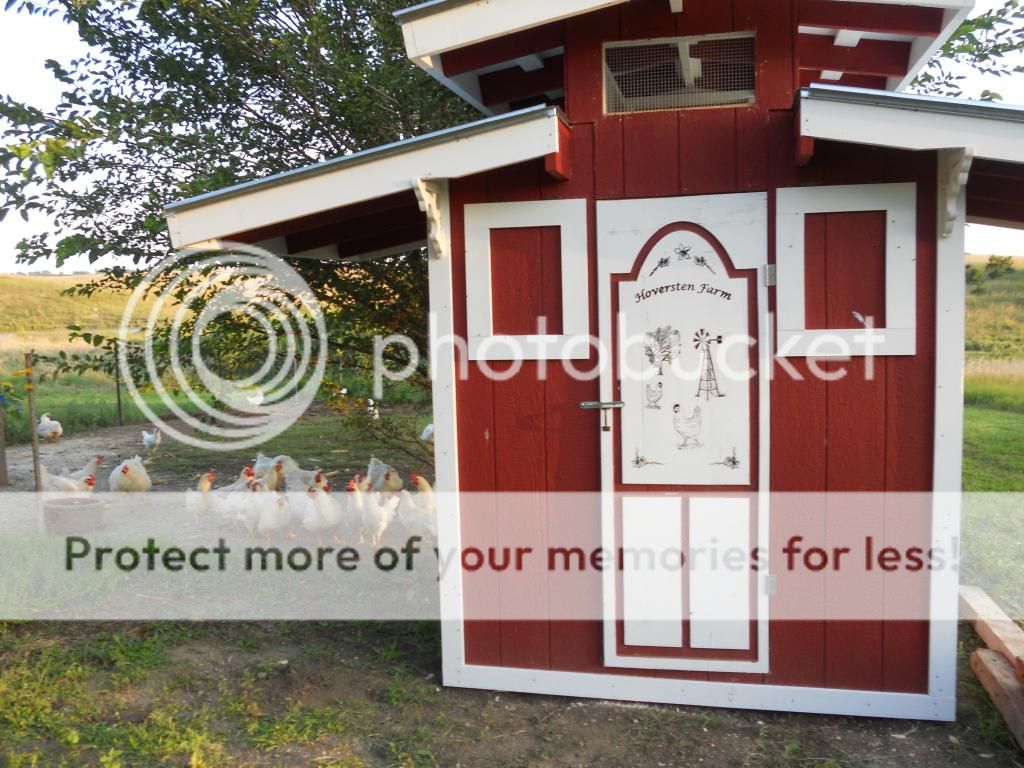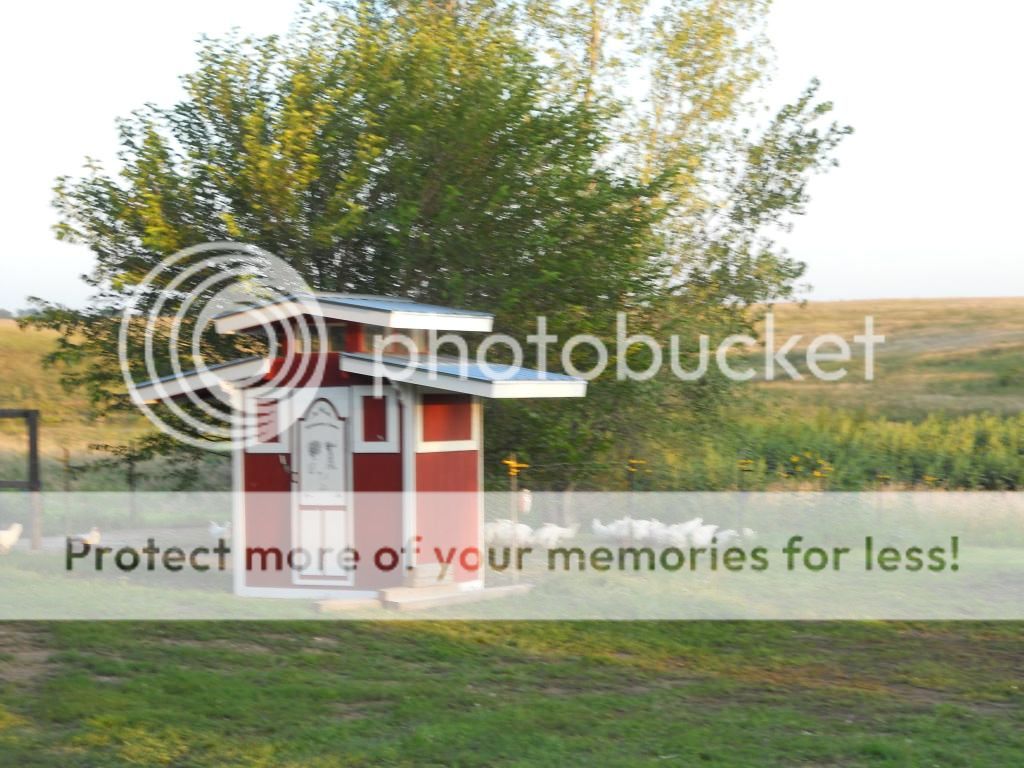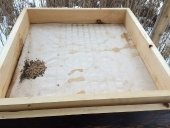ben harpo wrote:Kevin, at what volume would you consider upgrading to a bigger mill?
Hey if I could afford it and only had to rip one log down a year, i would own a wood mizer already lol. I think for it to be justifiable to me, I would need to be able to make it pay for itself within 2 years. If I was milling Maple that would be very very easy to do (not sure if you have seen the price of hard maple lately, but man.. ouch..). In my case the most expensive woods I am cutting up are red oak and red cedar.. Which isnt exactly cheap wood either, but where I live in the mid-west, they are few and far between. I bought the Alaskan mill when I lived in Nor Cal, and we had as many pine logs as we wanted. With an occasional maple, walnut etc. If I would have stayed there I would have likely purchased a woodmizer, top of the line, and it would have been worth it.. I have 6 cedar logs around 22-33 inches in diameter outside right now. When it warms up a bit I will make a short video of my partner and I milling up a few boards, and maybe a short clip on how we solar kiln it to dry in a reasonable amount of time. The milling is only really half of the battle. Getting it stacked properly for ventilation, banding our stacks to discourage warping, painting the ends to discourage checking and encourage moisture loss from the face grain rather than the end grain.. There is a little more to it than meets the eye if you want good sound lumber.. Quarter sawing, flat sawing, rift cut, pith removal.. Tangential shinking versus radial shrinking.. This is stuff worth looking into a bit. You can learn it as you go, its not really all that involved..









